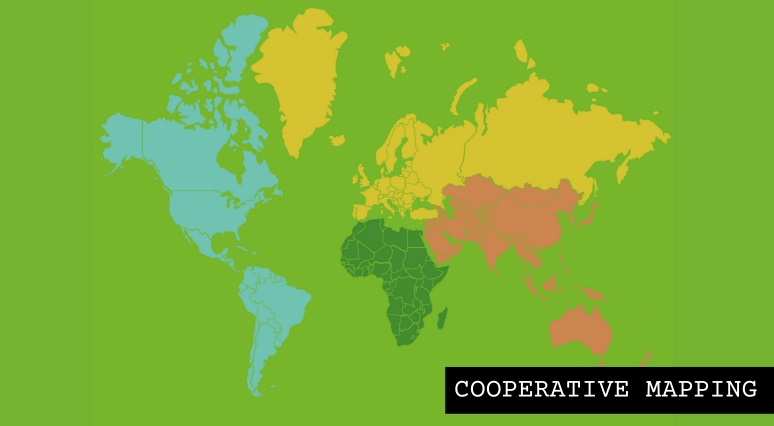The mapping of cooperative actors carried out by the ICA-EU Partnership (#coops4dev) is steadily advancing. Since the launch of the interactive online map, 54 countries are currently available, with other countries forthcoming. Consult the map here.
Through the presentation of available data, the research provides cooperators and anyone with a keen interest in the cooperative movement with a better picture of the cooperative context in their own and in other countries. This knowledge can be crucial in communicating the strength of the cooperative economy, identifying networking and partnership opportunities, and for policy and advocacy efforts. The freely accessible national reports help decision makers and researchers gain easier access to data on cooperatives.
The research offers a comprehensive overview of the current situation of the cooperative movement in countries covered, such as the number of cooperatives, membership and employees, as well historical background information. Two main strategies employed are the collection of statistics already available in the country and a survey of ICA member organisations. It targets a wide variety of cooperatives, regardless of their size, turnover or sector. Recent research completed that illustrates the size and the strength of the cooperative movement across the globe include:
United Kingdom
United Kingdom, where ICA members represent 7,063 cooperatives in the country, with a total number of memberships of 14,008,457, and an estimated 241,714 employees.
Did you know? The UK is also the birthplace of the International Cooperative Alliance (ICA), which was founded in London during the 1st Cooperative Congress in 1895 and is one of the only international organisations to survive both World Wars.
Malaysia
Malaysia, where ICA members represent 14,417 cooperatives with 6,046,031 members. Cooperatives are present in Malaysia in a wide range of sectors including consumer, services, agricultural, credit, and transportation.
Did you know? The first Malaysian Cooperative Congress was convened in 1966 with the aim to establish a national cooperative union to unite all cooperatives in the country. In 1971, the second Malaysian Co-operative Congress approved the establishment of ANGKASA as the national cooperative union, an ICA member today.
Kenya
Kenya, where ICA counts 7 full member organizations and 1 associate member. The cooperative movement is highly visible in the Kenyan economy – being present in many sectors such as agricultural production, processing and marketing, transport, housing, handcrafts, real estate and mining.
Did you know? In Kenya, the financial sector provides financial services to over 14 million cooperative members. The government of Kenya also recognizes cooperatives as important vehicles for realizing its long term economic and social development objectives linked to Agenda 2030.
Brazil
Brazil, where the Organización de Cooperativas de Brasil (OCB) and other ICA member organisations count 6,828cooperatives, 425,318 employees and 14,618,720 members. Key cooperative sectors in Brazil include agriculture and food, transport and banking.
Did you know? In 1902, a Swiss priest named Theodor Amstad founded the first credit union in Brazil; Sicredi Pioneira, which aimed to improve the lives of local residents, who until then had no bank. Based in Nova Petrópolis (RS), the cooperative is still active today!
The research has been jointly conducted by all ICA global and regional offices and the methodology was designed with the support of external experts from the European Research Institute on Cooperative and Social Enterprises (Euricse).
The ICA-EU Partnership on international development (also known as #coops4dev) was signed in 2016 between the International Cooperative Alliance and the European Commission to strengthen the cooperative movement as key actor in international development.
Courtesy: ICA.COOP
